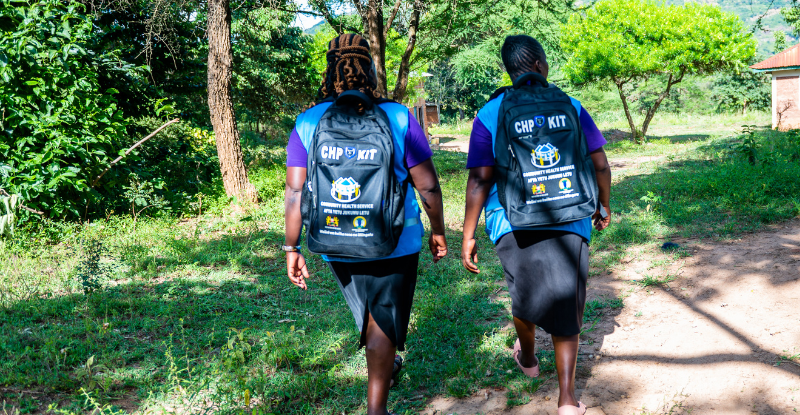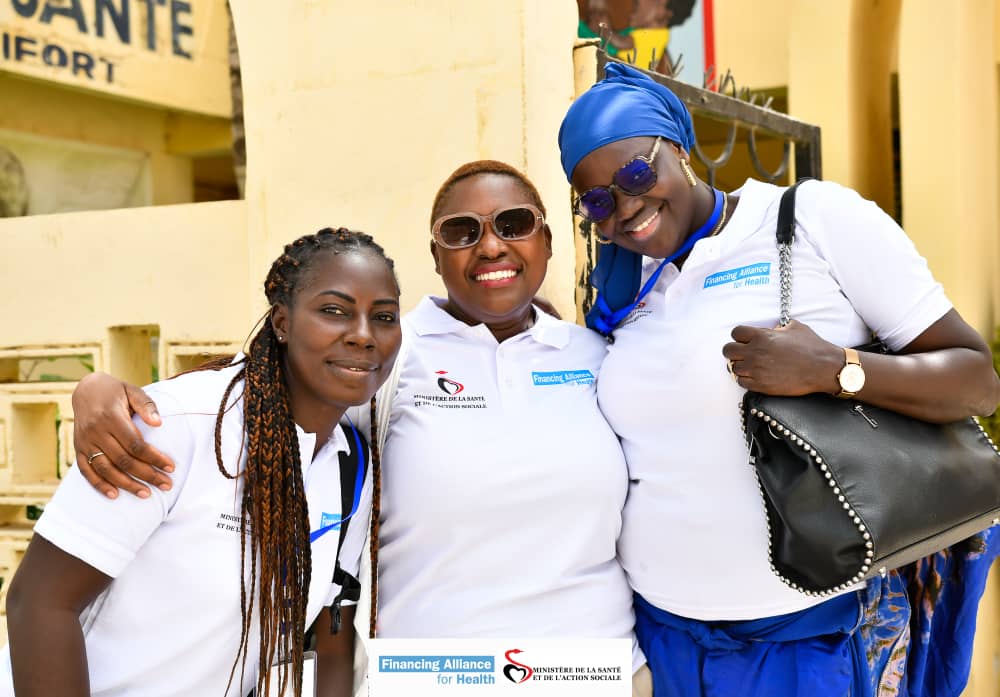Author: Thenjiwe Sisimayi, Gender Advisor, FAH
Climate change is an urgent global challenge with far-reaching implications across all sectors of society. In recent years, Kenya has experienced increasingly severe and frequent floods, which have had devastating effects on communities. These floods not only disrupt livelihoods and displace families but also expose and exacerbate existing gender inequalities. Women and girls often bear the brunt of such disasters, facing heightened risks and responsibilities. In the midst of these challenges, Community Health Workers (CHWs) have emerged as crucial frontline responders, providing essential support and services to flood-affected populations. This blog post explores the intersection of climate change, gender, and health, with a particular focus on the recent floods in Kenya and the pivotal role of CHWs in disaster response and recovery.
The Gendered Impact of Climate Change
Climate change disproportionately affects vulnerable populations, and gender is a significant factor in determining vulnerability. In many parts of the world, including Kenya, women and girls face systemic disadvantages that heighten their susceptibility to the impacts of climate-related disasters. These disadvantages include:
- Economic Inequality: Women are more likely to be involved in informal and subsistence-based economies, making their livelihoods more vulnerable to climate shocks. Floods can destroy crops, livestock, and small businesses, pushing women further into poverty.
- Social Roles and Responsibilities: Traditional gender roles often assign women the primary responsibility for household tasks such as fetching water, collecting firewood, and caring for children and the elderly. These roles become even more burdensome during and after disasters, as essential resources become scarce, and caregiving demands increase.
- Limited Access to Resources: Women typically have less access to land, credit, and education compared to men. This limits their ability to recover from disasters and to adapt to changing environmental conditions.
- Health and Safety Risks: Women and girls face heightened risks of violence, including sexual and gender-based violence, in the aftermath of disasters. Displacement and the breakdown of social structures can increase their vulnerability to exploitation and abuse.
![]()
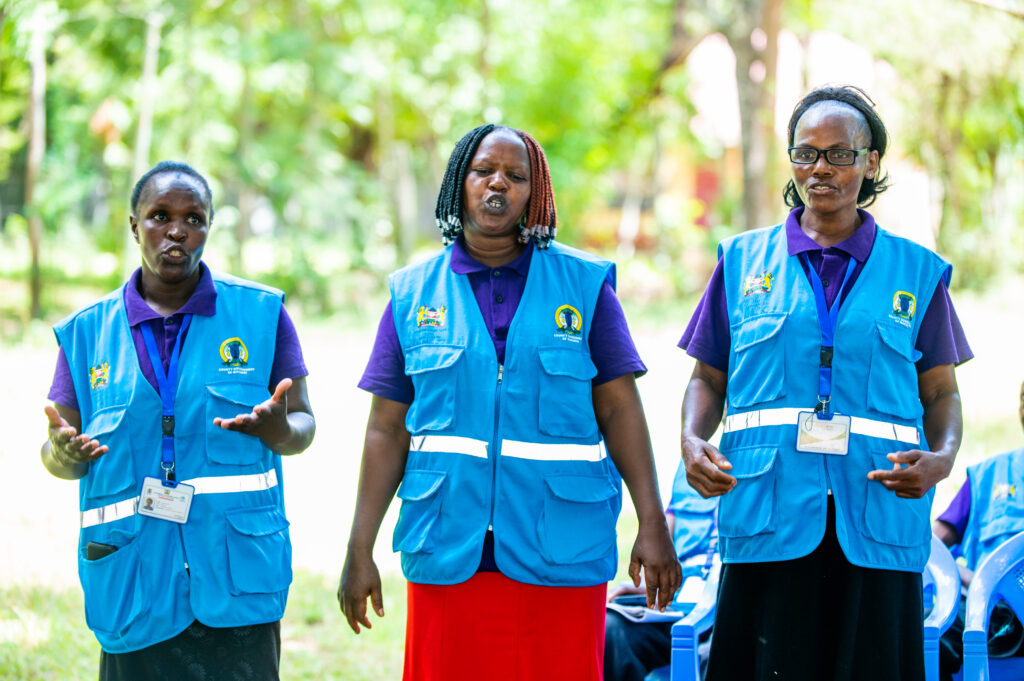
Recent Floods in Kenya: A Case Study
Kenya has experienced several severe flood events in recent years, driven by extreme weather patterns associated with climate change. The floods have caused widespread destruction, displacing thousands of families and leading to significant economic losses. The 2024 floods were particularly devastating, affecting large parts of the country, including regions already struggling with food insecurity and poverty.
The floods had a disproportionate impact on women and girls, who faced multiple layers of vulnerability. Many women lost their livelihoods as crops and livestock were swept away. Access to clean water and sanitation facilities became a major challenge, exacerbating health risks. Displacement often led to overcrowded temporary shelters where women and girls faced increased risks of violence and harassment.
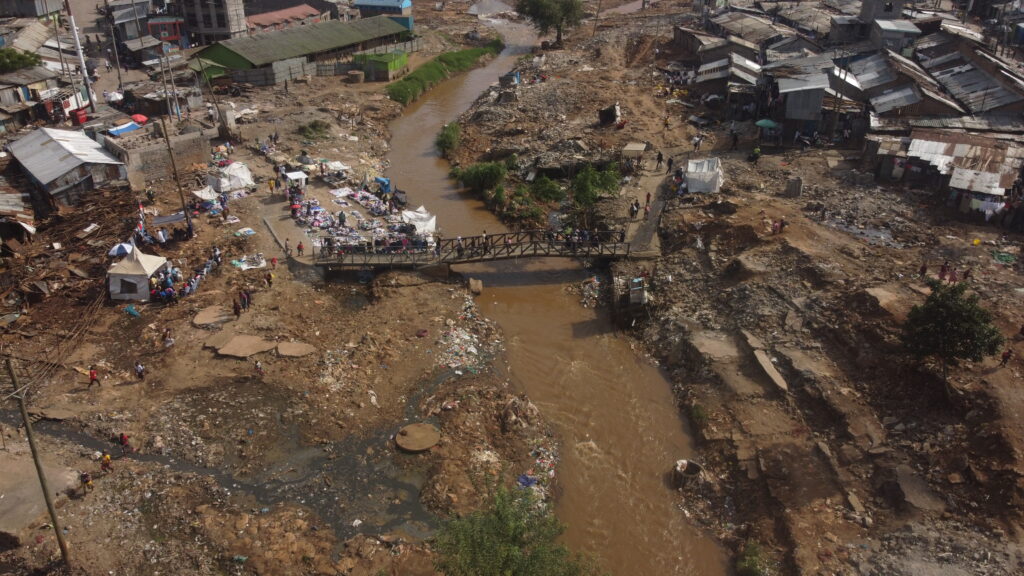
Community Health Workers: Frontline Responders
In the wake of these floods, Community Health Workers (CHWs) played a critical role in supporting affected communities. CHWs are local volunteers or semi-professionals trained to provide basic health services and education. They are often trusted members of the communities they serve, making them well-positioned to respond to emergencies.
- Providing Immediate Relief: CHWs were among the first responders, providing essential medical care, distributing food and clean water, and offering psychosocial support to flood victims. Their presence was crucial in managing acute health needs and preventing disease outbreaks.
- Supporting Maternal and Child Health: The disruption caused by floods can severely impact maternal and child health services. CHWs helped ensure that pregnant women and new mothers received the care they needed, including antenatal check-ups, safe deliveries, and postnatal care. They also facilitated immunizations and nutrition programs for children.
- Promoting Hygiene and Sanitation: Floods often contaminate water supplies and damage sanitation infrastructure, leading to increased risks of waterborne diseases. CHWs conducted hygiene education sessions and distributed sanitation kits to help prevent disease outbreaks.
- Addressing Gender-Based Violence: Recognizing the increased risk of gender-based violence in the aftermath of disasters, CHWs provided support and referrals for survivors. They worked with local authorities and community leaders to create safer environments for women and girls.
- Building Community Resilience: Beyond immediate relief efforts, CHWs played a vital role in building long-term community resilience. They engaged in disaster preparedness training, advocated for climate adaptation measures, and supported community-led initiatives to strengthen local capacities.
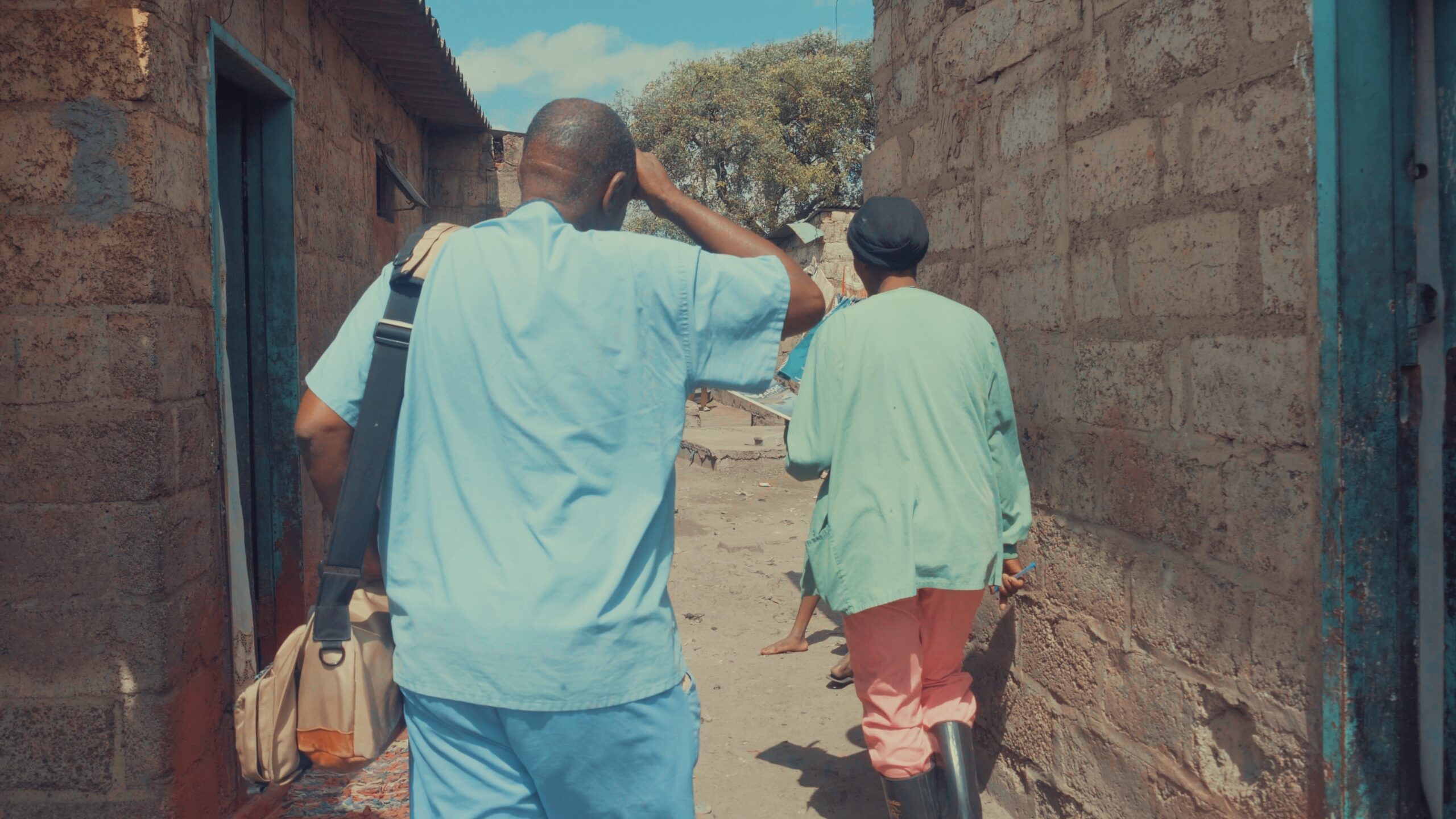
The Need for Continued Financing of CHWs in Africa
The invaluable contributions of CHWs during the recent floods in Kenya highlight the urgent need for continued investment in this workforce across Africa. Financing CHWs is not only a matter of improving health outcomes but also of enhancing overall community resilience to climate change and other shocks.
- Scaling Up Training and Support: Investing in the training and support of CHWs ensures they have the skills and resources needed to respond effectively to emergencies. This includes providing ongoing education, supplies, and logistical support.
- Integrating CHWs into Health Systems: CHWs should be formally integrated into national health systems, with clear roles and responsibilities. This integration ensures better coordination and sustainability of their efforts.
- Ensuring Fair Compensation: Many CHWs work on a voluntary basis or receive minimal compensation. Ensuring fair remuneration for their work recognizes their contributions and provides an incentive for sustained engagement.
- Supporting Gender-Sensitive Approaches: Financing should support gender-sensitive approaches in CHW programs, recognizing the unique needs and contributions of women CHWs. This includes addressing barriers to their participation and providing targeted support for female CHWs.
- Enhancing Community Engagement: Effective disaster response and resilience-building require strong community engagement. Financing should support initiatives that involve communities in planning and decision-making processes, ensuring that interventions are culturally appropriate and locally accepted.
Conclusion
The intersection of climate change, gender, and health presents complex challenges that require coordinated and inclusive responses. The recent floods in Kenya serve as a stark reminder of the vulnerabilities faced by women and girls in the face of climate-related disasters. However, they also highlight the critical role of Community Health Workers in providing essential support and building community resilience.
Investing in CHWs is a powerful strategy for enhancing health outcomes, promoting gender equality, and strengthening community resilience to climate change. By continuing to finance and support CHWs, we can ensure that they remain at the forefront of disaster response efforts, providing vital services and support to those who need it most. This investment is not only a matter of immediate relief but also of building a more resilient and equitable future for all.
References
- Intergovernmental Panel on Climate Change (IPCC). (2021). Climate Change 2021: The Physical Science Basis. Retrieved from [IPCC](https://www.ipcc.ch/report/ar6/wg1/).
- Kenya Red Cross Society. (2023). Floods in Kenya: Response and Recovery Efforts. Retrieved from [Kenya Red Cross] (https://www.redcross.or.ke).
- UN Women. (2020). Gender and Climate Change. Retrieved from [UN Women] (https://www.unwomen.org/en/what-we-do/climate-change).
- World Health Organization (WHO). (2020). Community Health Workers: Bringing Health Care to the People. Retrieved from [WHO](https://www.who.int/news-room/feature-stories/detail/community-health-workers-bringing-health-care-to-the-people).
- United Nations Development Programme (UNDP). (2021). Gender and Climate Change: Advancing Gender Equality through Climate Action. Retrieved from [UNDP](https://www.undp.org/publications/gender-and-climate-change-advancing-gender-equality-through-climate-action).
[/et_pb_text][/et_pb_column]
[/et_pb_row]
[/et_pb_section]

